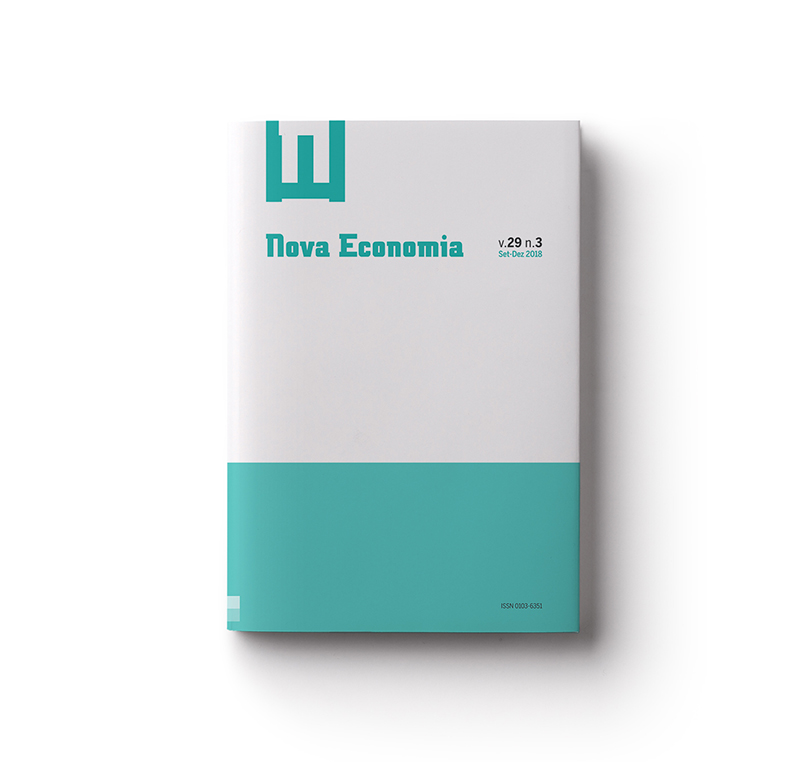The balance of payments constraint as an explanation of the international growth rate differences
Abstract
The neo-classical approach to the question of why growth rates differ between countries concentrates on the supply side of the economy using the concept of the production function. While this approach is fruitful, it does little to explain why the growth of factor supplies and productivity differs between countries. The present paper shows how closely the growth experience of several developed countries approximates to the rate of growth exports divided by the income elasticity of demand for imports, which, on certain assumptions, can be regarded as a measure of what the author calls the balance of payments equilibrium growth rate. The hypothesis proposed is that if balance of payments equilibrium must be maintained, a country’s long run growth rate will be determined by the ratio of its rate of growth of exports to its income elasticity of demand for imports.
Downloads
Published
How to Cite
Issue
Section
License
Authors who publish with this journal agree to the following terms:
- Authors retain copyright and grant the journal right of first publication with the work simultaneously licensed under a Creative Commons Attribution 4.0 International License that allows others to share the work with an acknowledgement of the work's authorship and initial publication in this journal.
- Authors are able to enter into separate, additional contractual arrangements for the non-exclusive distribution of the journal's published version of the work (e.g., post it to an institutional repository or publish it in a book), with an acknowledgement of its initial publication in this journal.
- Authors are permitted and encouraged to post their work online (e.g., in institutional repositories or on their website) prior to and during the submission process, as it can lead to productive exchanges, as well as earlier and greater citation of published work (See The Effect of Open Access).




